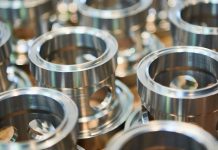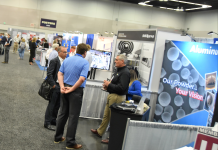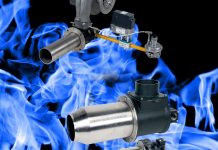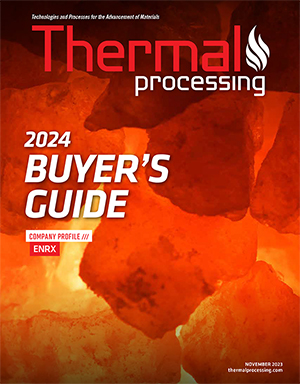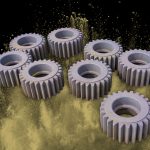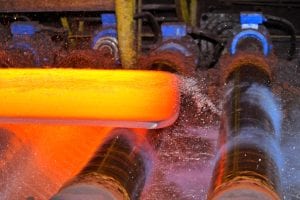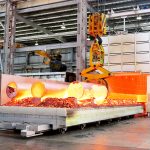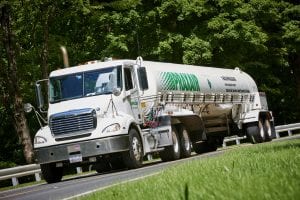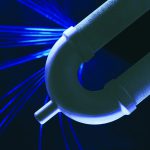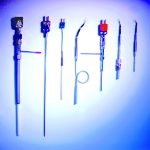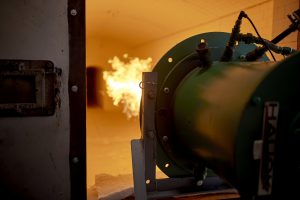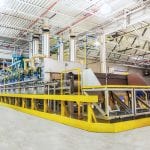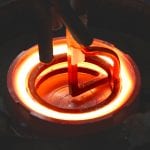ENRX has years of experience offering quality induction heating, wireless inductive charging, and contactless power supply with goals of making a sustainable world through smart energy transfer within manufacturing and mobility.
Industrial heat treating has been going through some transformation over the last few years, with more automation, higher-grade steels, and greener technologies leading the way.
ENRX, a company that is a recent merger of EFD Induction and IPT Technology, has been at the forefront of moving its expert services and products into the future of heat treating.
To that end, ENRX offers inductive heating, charging, and power transfer with low or no carbon footprint. The company also develops stand-alone equipment and integrated systems within induction heating, wireless inductive charging, and contactless power supply.
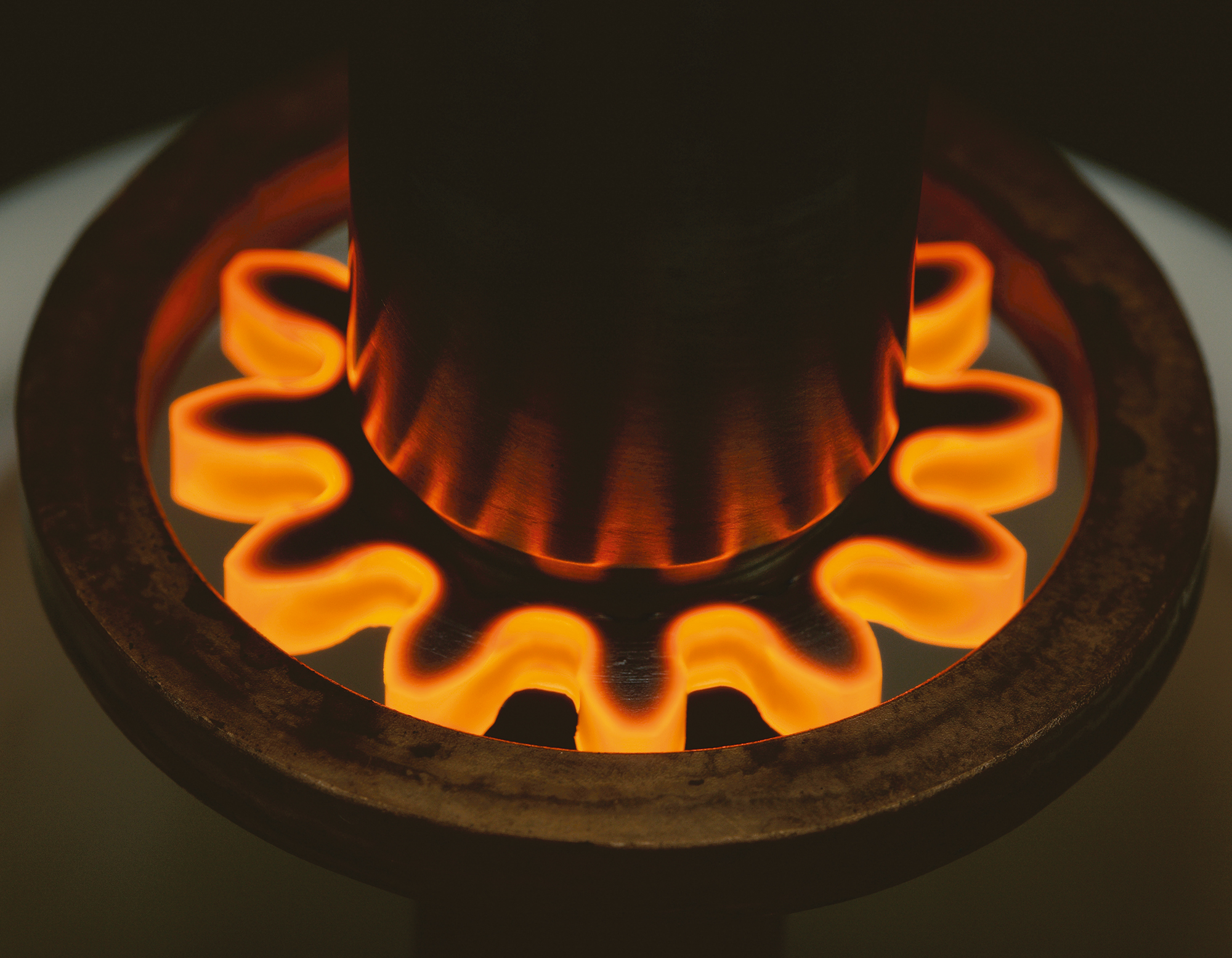
Using induction
Induction hardening uses induced heat and quenching to increase the hardness and durability of steel. It is a no-contact process that quickly produces intense, localized, and controllable heat. Induction can harden numerous components, including gears, crankshafts, camshafts, drive shafts, output shafts, torsion bars, rocker arms, CV joints, tulips, valves, rock drills, slewing rings, and inner and outer races.
“We do a lot of development of new induction hardening processes,” said Mark Andrus, VP of North American Sales for ENRX Corporation. “Over the history of the company, we are taking products from case carburizing to induction hardening with a kind of high frequency, large power, single-shot processes with a lot of high-volume automated equipment. It’s induction hardening and tempering — no furnace processes, all induction.”
Induction heating is commonly used by global automotive brands, major electrotechnical companies, large steel tube and pipe manufacturers, and in many other industrial segments worldwide. One segment where ENRX is involved is with heat treating related to renewable-energy components and storage products, as well as replacing gas heating with induction heating in order to reduce or eliminate carbon dioxide emissions.
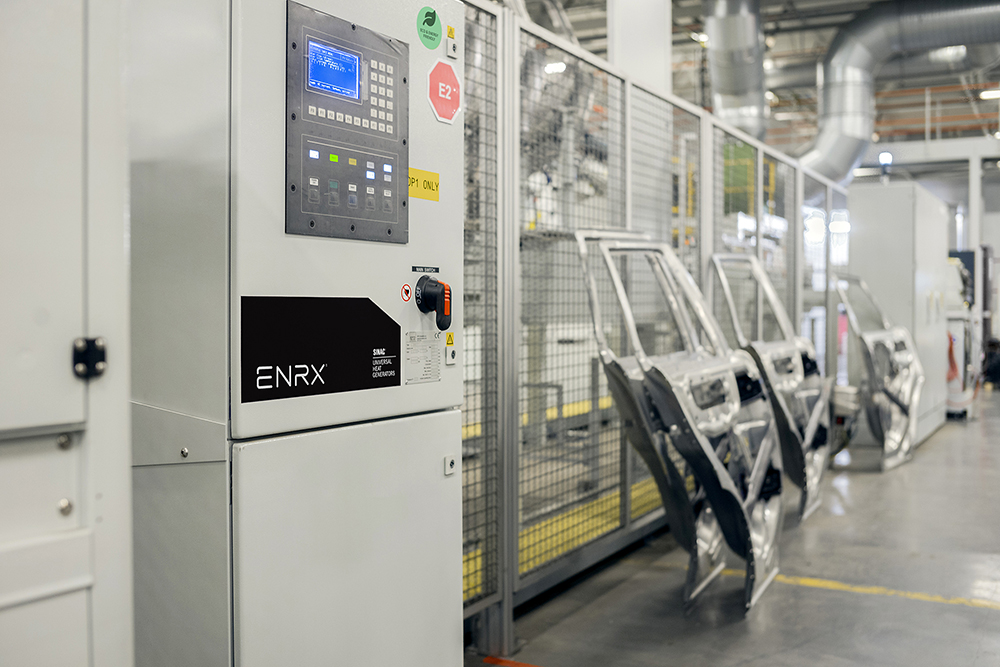
Growing expertise
It is in that space that ENRX has been growing its expertise with induction hardening and more since it began in 1954.
The company became EFD Induction after a merger in 1993 between ELVA Induction and Fritz Dusseldorf Freiburg, FDF. More acquisitions of induction companies in France, Poland, Romania, and the U.S. came later throughout the 1990s and early 2000s. With the most recent acquisition with IPT Technology, the company became ENRX, making it one of the largest induction heating companies.
“That involves hardening machines and automation for heat treatments of anything from large wind-turbine rings to press quenching of small bearings to high volume horizontal shaft hardeners in areas of automotive, general industry — all focused on induction hardening and tempering,” Andrus said. “We case harden the large wind-turbine rings, slewing rings, and gear teeth that are in the gearboxes.”
ENRX and renewables
A fascinating aspect of wind energy and induction heating is that they complement each other in serendipitous ways. Power generated by wind turbines can, in turn, be used to power induction heating systems, which are used to heat metal parts in wind-power systems — from brazing of terminal ends on high voltage cables to hardening inclined heavy rings of more than five meters in diameter. ENRX delivers giant turnkey plants for the most complex jobs as well as mobile and flexible heating equipment.
In addition to case hardening turbine parts, ENRX also has heating equipment used for maintenance on turbine towers, specifically for loosening large bolts, according to Andrus.
“The bolt heating is for large bolts that are in the wind towers,” he said. “We also have mobile heat-shrink equipment used to expand a bearing off a shaft in the tower. The smaller mobile equipment is not for heat treatment but for heat shrinking on the bolts for shrinking and expanding them.”
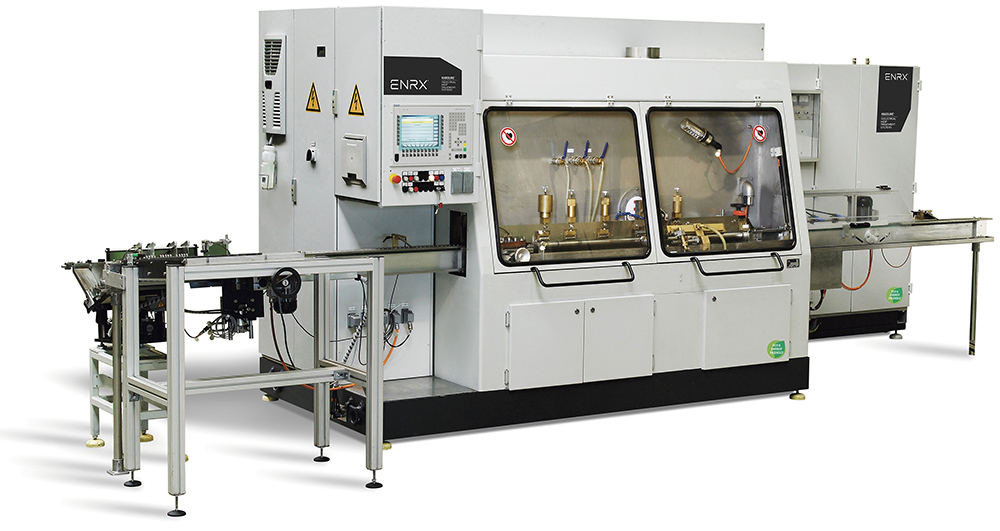
of automotive and general industry. (Courtesy: ENRX)
ISO 14000 certified
Even with an expanding product line, ENRX is still very much focused with the induction heating process and how it can be used to reduce a company’s carbon footprint, but it also can be a more economical form of heat treating in general, according to Andrus. In doing so, ENRX was able to become ISO 14000 certified.
“ISO 14000 takes a deep dive into a company’s environmental footprint, and it has new standards that you have to adhere to,” he said. “It’s voluntary, but we want to be good stewards of electrical efficiency and energy efficiency for a greener world. That’s why we’re getting into induction wireless charging, also. We’ve always said induction heating and induction hardening are more environmentally friendly and more electrically efficient than furnace treatment.”
Environmental protocols are a necessity when dealing with European companies, but Andrus pointed out that it is important for ENRX to get ahead of the game as carbon-reducing methods become more of a norm in the U.S. as well.
In addition to carbon-reducing factors, ENRX is also poised to perform the necessary processes on products in the industry made with higher-grade steels and higher-grade alloys, according to Andrus. “The industry is wanting less cross-sectional area, but more performance, and we’re acquiring that through more precision heat treatment with the intentions of less distortion,” he said.
ENRX has been working with the automotive industry for many years, and with a shift toward Industry 4.0 in the automotive industry, using induction heating is easier to control and monitor with integrated supply chains. Induction heating can be used for metal heat treatment of almost any body panel, chassis, driveline, electrical, or engine part of a vehicle.

Automation
Automation is also key to a more productive heat-treating process, according to Andrus.
“Every industry is about removing the operator from the manufacturing process, so the equipment often comes with the integration of robots and material handling and traceability,” he said. “We see more automation, more data acquisition, and more implementing of Industry 4.0, more energy management of machines. We have many more avenues for remote monitoring.”
In order to ensure a customer is getting what they need involves a collaborative process from the beginning, according to Andrus.
“We want to walk the process of the input and output variables,” he said. “And if we don’t have a direct history, we try to do some FEA modeling and some process development. Every case is unique depending on history, experience, and of course, the customer’s history. Being so global, we see how manufacturers of the same pieces or products process things in their factory differently because of different concerns.”
As an example of that collaborative process, Andrus brought up a recent job of when ENRX was working with a transmission manufacturer.
“We introduced nitrogen chambers early in the process development to reduce oxide and scale, so that their downstream grinding tools would last longer,” he said.
So, a consultation phase is often a necessary step that can lead to a new technology or process, according to Andrus.
With the addition of becoming ISO 14000 certified, Andrus pointed out that ENRX has always been ISO 9001 certified, since it is important from Day 1 with a customer that ENRX be able to demonstrate the ability to consistently provide products and services that meet customer and regulatory requirements.
Power source reliability
Induction heating is undeniably a main staple of ENRX’s toolbox, but Andrus said the company also makes available power source reliability equipment.
“We have a digital processor control now of the main regulation of the induction power source that allows us remote abilities and very specific monitoring together with our customers to keep the awareness and the alerts up to the surface,” he said.
As the industry moves into the future, Andrus also said he expects the induction world to follow suit in a similar manner as the machining world did with CNC manufacturers and other machine technologies.
“That will play into the automation and the electrical efficiency and Industry 4.0 with a lot of data acquisition and monitoring,” he said.
MORE INFO www.enrx.com/en










